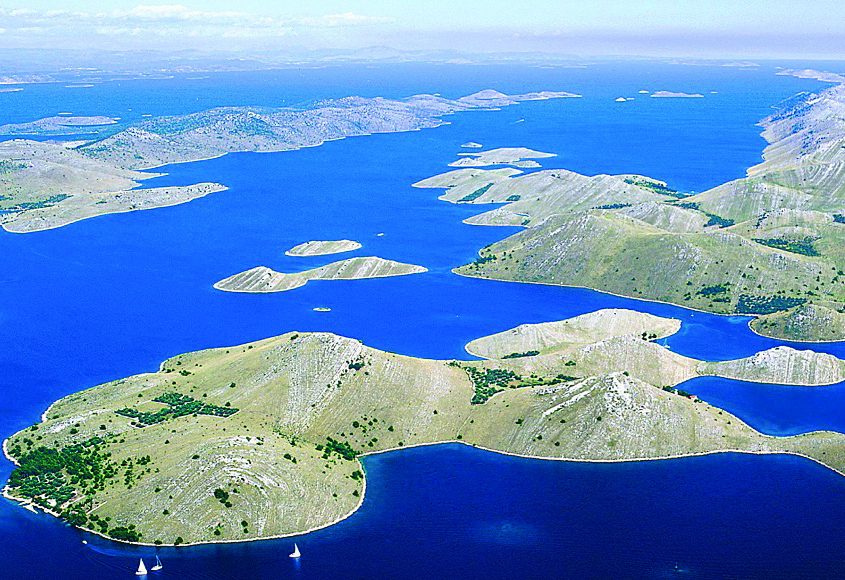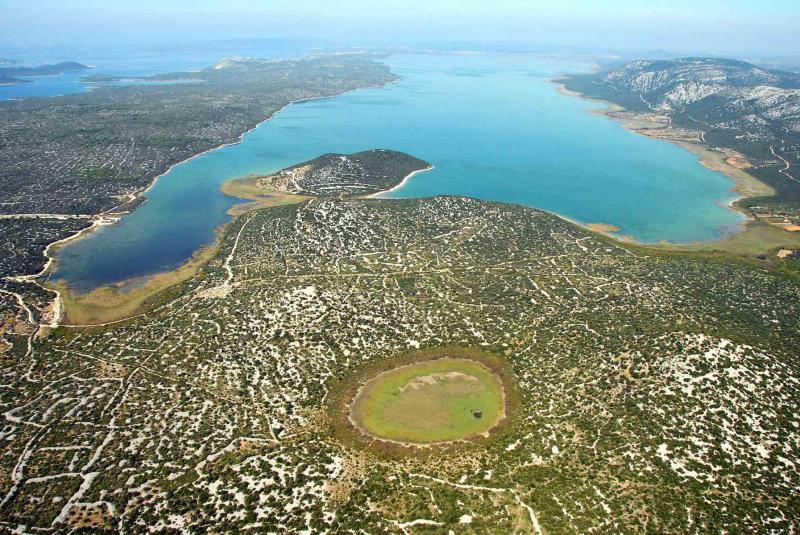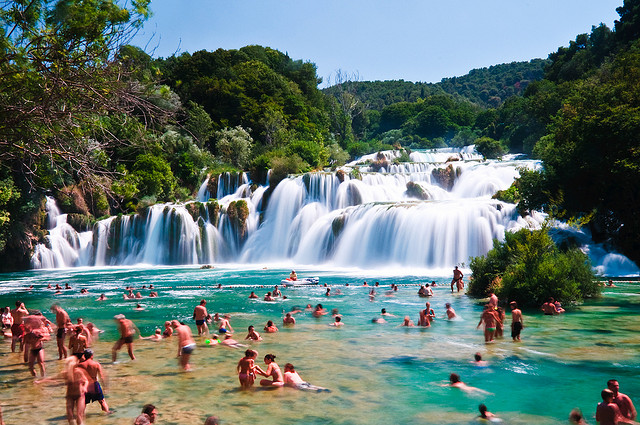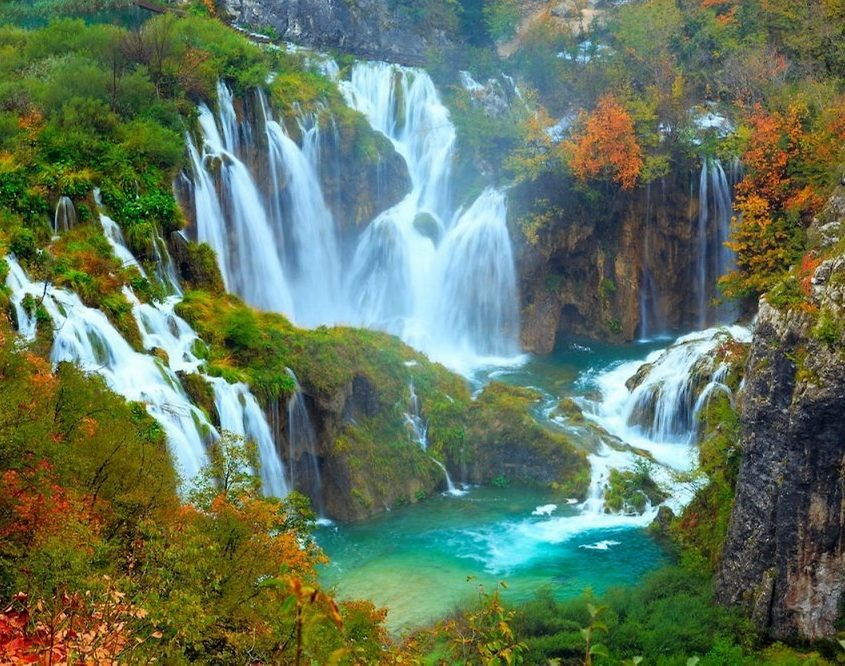Zadar is a three thousand years old city and one of the most beautiful historical cities in this part of the world. The city boasts its rich archaeological and historical heritage as well as its world-renowned contemporary architectural installations (the Sea Organ, the Greeting to the Sun), which make it one of the most attractive and desirable tourist destination on the Adriatic coast.
Zadar was voted the best European destination for 2016 thanks to its many historical and natural attractions and a number of cultural manifestations throughout the year, such as: Tuna, Sushi & Wine Festival, the Carnival, St. Valentine’s Day celebration, Škraping, Zadar Night Run, Wings for Life World Run Zadar, Zadar’s Summer Theatre Festival, Musical Evenings in St. Donatus, Festival of Contemporary Music, Zadar Film Festival, KalelargArt Street Art Festival, Zadar snova Urban Festival, Night of the Full Moon, Millenium Jump, Varoš Feast, and numerous other.
The city has been frequently praised by the media as “the perfect city break in Croatia” (The Times), and “Croatia’s new capital of cool” (The Guardian).
Zadar will most certainly capture you with its unique atmosphere and rich day- and night-life.
Zadar is often referred to as the “big museum in the open” because of its numerous historical and archaeological venues, such as the Roman Forum, Church of St. Donatus, Cathedral of St. Anastasia, Church of St. Chrysogonus, the Benedictine Convent and Church of St. Mary, Church of Our Lady of Health, St Francis’ Convent and church, Convent and church of St. Michael, Church of St. Dominic, Church of St. Simon, remains of a church called Stomorica. Numerous exhibits from all periods of the city’s turbulent history are kept in the Archaeological Museum, the National Museum and its ethnographical department, Permanent Exhibition of Sacral Art Zlato i srebro Zadra, the Museum of Ancient Glass and the Rector’s Palace. Zadar’s Old Town was fortified during the Middle Ages and its walls, fortifications, and entrances nowadays represent a unique tourist attraction.
The Sea Organ, a new urban installation, has attracted numerous tourists over the past few years. It is a place of relaxation and contemplation, where one can meditate listening to the unique music created by the waves while enjoying a spectacular view of the sea and the nearby islands. It is a place where people come to enjoy the sunset that Alfred Hitchcock referred to as “the most beautiful sunset in the world” almost half a century ago. The experience of the sunset in Zadar is enhanced by a unique installation called Greeting to the Sun, which is composed of three hundred multi-layered glass panels that absorb the Sun’s radiation throughout the day and reflect it back in the form of various light effects at night.












